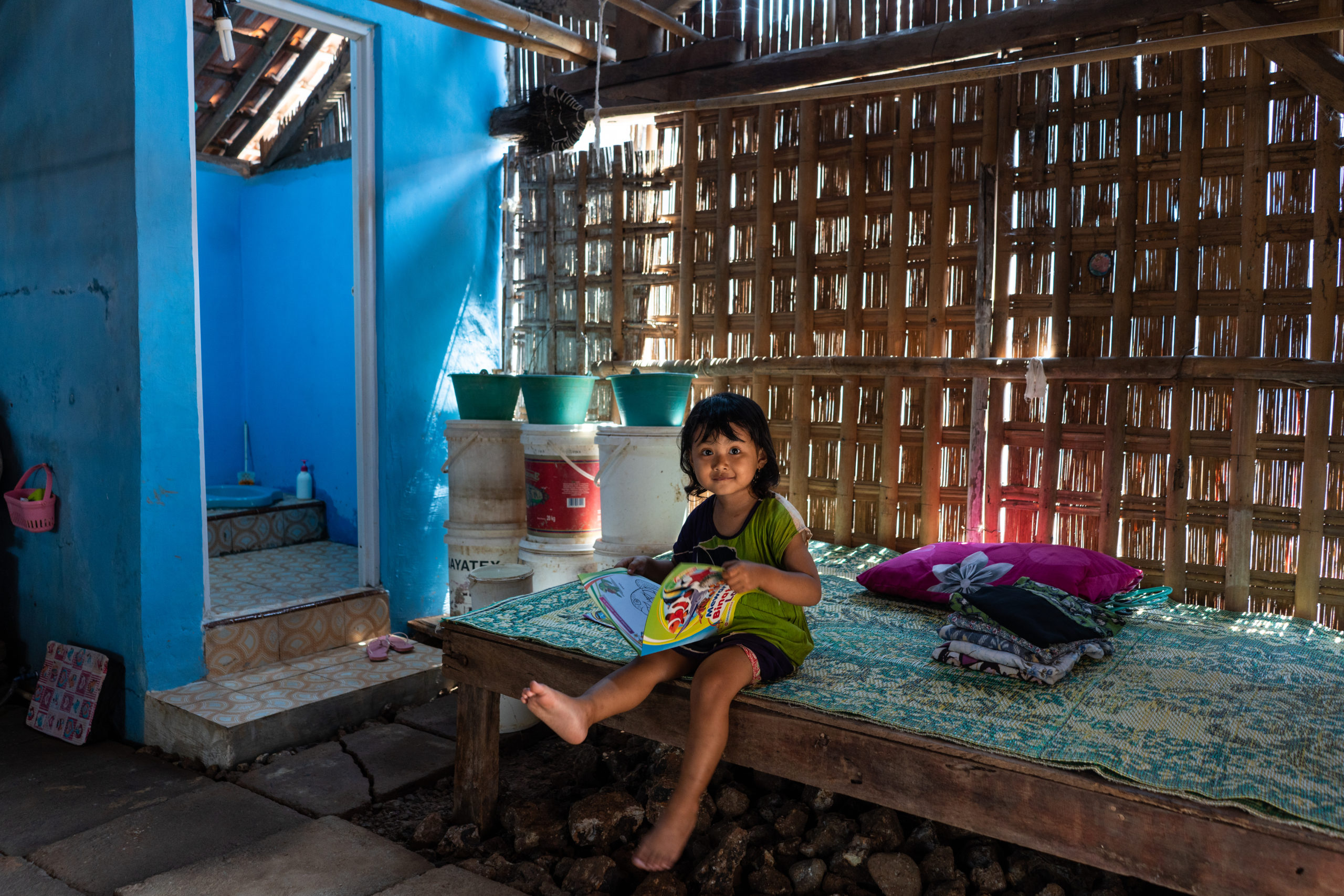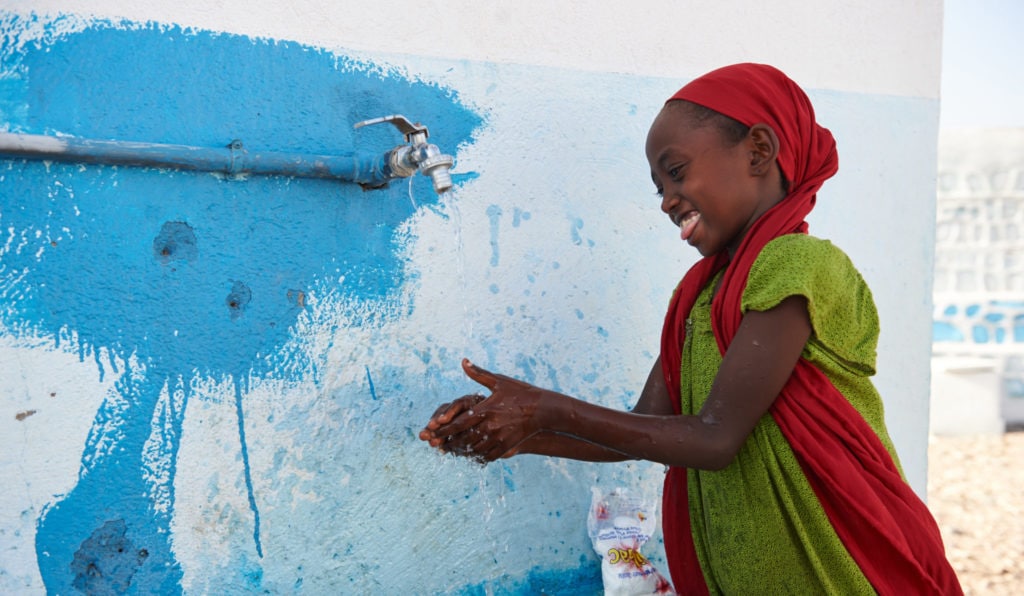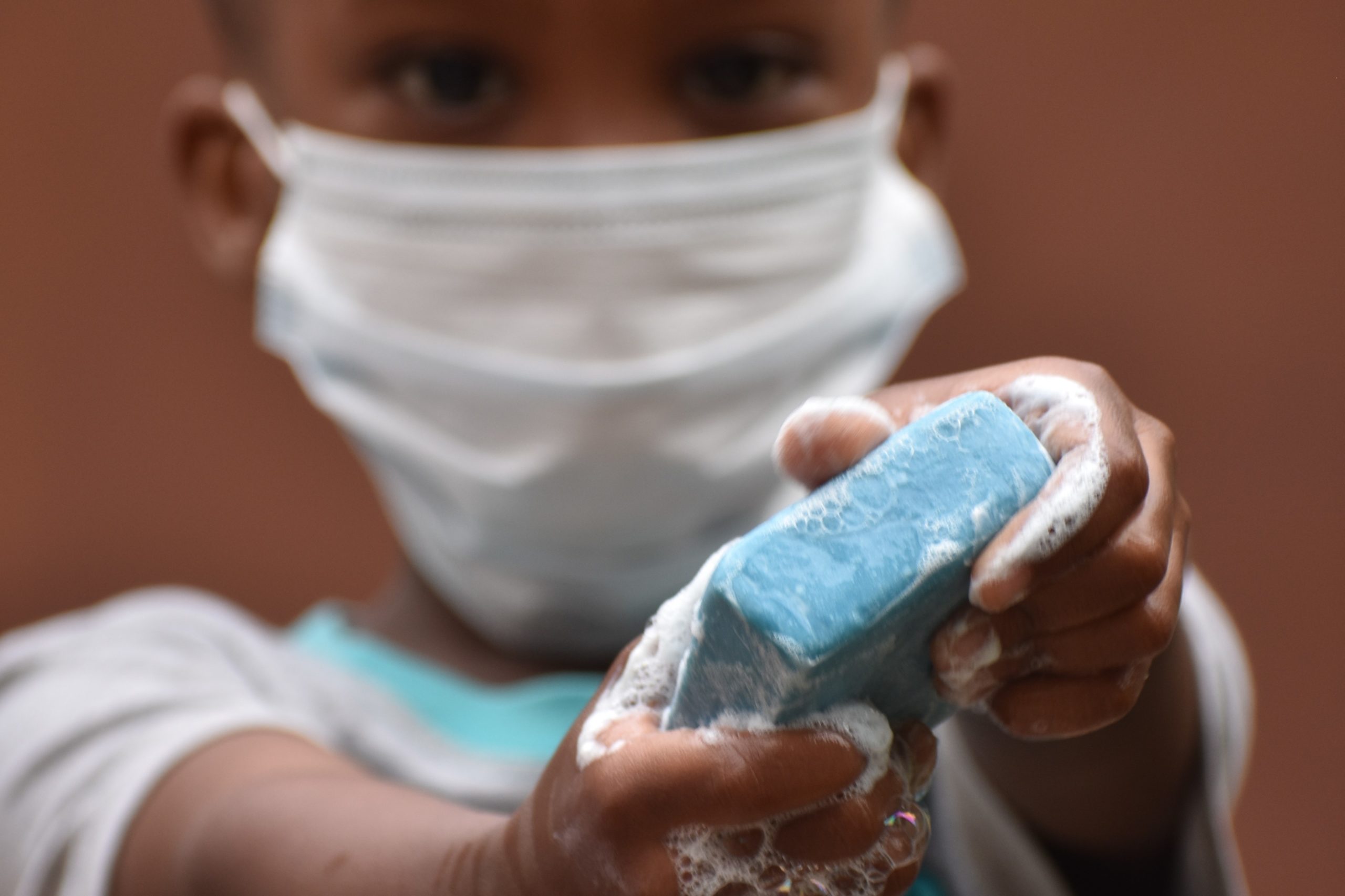State of the World’s Sanitation
An urgent call to transform sanitation for better health, environments, economies and societies

Sanitation is a human right – everyone is entitled to access to sanitation services that provide privacy, and ensure dignity and safety. Sanitation in all of its parts – a toilet, a safe way of transporting and treating waste, and finally disposing of or reusing waste – helps protect children and families as well as the environment from harmful pathogens. It is a public good that contributes to improved health and wider economic and social development.
And yet, the world is alarmingly off-track in delivering sanitation for all by 2030, according to the State of the World’s Sanitation report, released on this year’s World Toilet Day by UNICEF and the World Health Organization (WHO). Despite progress over the past two decades, toilets at home, workplaces, schools and hospitals are still far out-of-reach for billions of people. Over half of the world’s population – 4.2 billion people – use sanitation services that leave human waste untreated, and among those, 2 billion people still lack even a basic toilet and 673 million people have no toilets at all.
With only 10 years left until 2030, the rate at which sanitation coverage is increasing will need to quadruple if we are to meet the sanitation targets outlined in the Sustainable Development Goals. While this challenge seems unsurmountable, history shows that rapid progress is possible within a generation. Without it, we cannot fulfill the rights of every child. Achieving universal coverage will be expensive, but inaction threatens to bring even greater costs.


